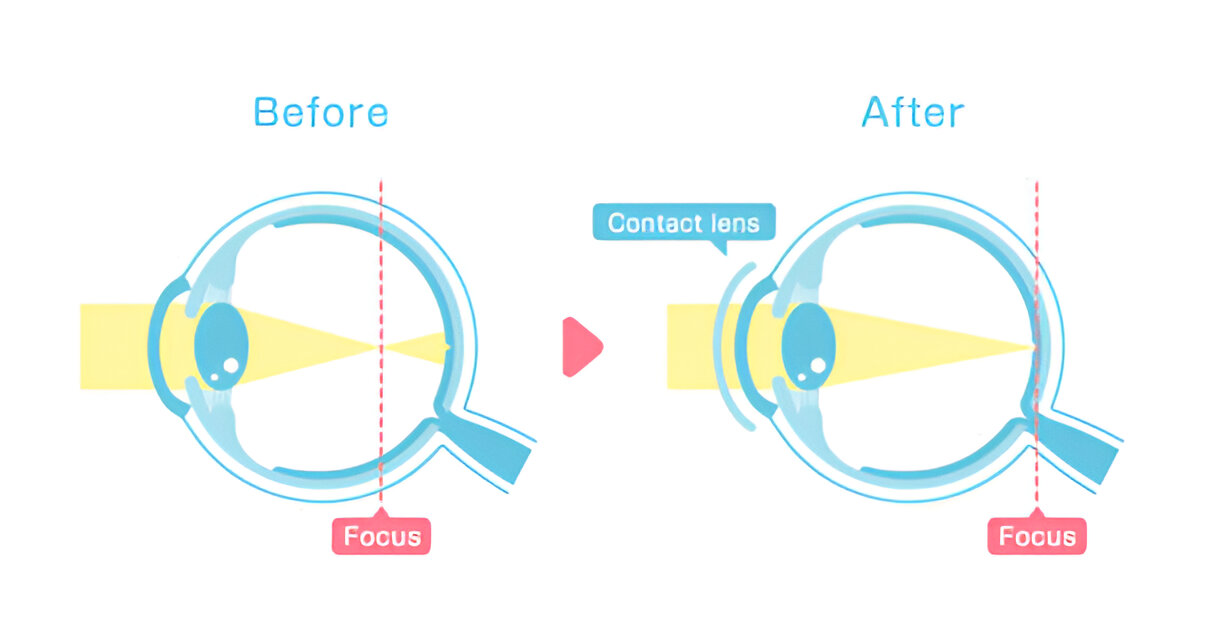Refractive lens exchange, also known as clear lens extraction or refractive lensectomy, is used to correct nearsightedness, farsightedness, and astigmatism. Although the technique is similar to cataract surgery, the goal for refractive lens exchange is to correct refractive errors. Here’s an overview of refractive lens exchange and how it helps prevent cataracts:
Understanding Refractive Lens Exchange
Refractive lens exchange involves using a tiny incision in the eye to access your natural lens. A synthetic replacement is then inserted in the remaining lens capsule. The technique is similar to cataract surgery, which also involves replacing the natural lens with an intraocular lens or IOL. Refractive lens exchange is primarily done to correct refractive errors like myopia, hyperopia, presbyopia, and astigmatism. The procedure takes a few minutes and improves your vision within hours. Your eyes are treated separately, usually a couple of weeks apart.
The benefits include vision improvement and reduced need for glasses, contact lenses, and future cataract surgery. IOLs also provide long-lasting vision correction and are ideal when LASIK and PRK aren’t viable options. Refractive lens exchange differs from cataract surgeries in terms of timing and purpose. Cataract surgeries are performed after you develop cataracts that cause impaired vision. Refractive lens exchange for cataract prevention is a proactive procedure and not a solution for existing cataracts. Consult your ophthalmologist to determine the suitable surgery for your needs.
Preventing Future Cataract Development
The intraocular lens implanted in place of your natural lens isn’t susceptible to the clouding that defines cataracts. You can use it as a preventative measure against future changes in vision caused by cataracts. If you already have cataracts, consult your eye doctor to explore feasible options. Surgery can be the preferred treatment for cataracts as it replaces the clouded lenses with intraocular lenses. Refractive lens exchange also replaces the lens. Both surgeries improve vision and reduce the risk of developing future cataracts, which may occur in adults.
Cataracts develop when proteins in your eye’s lens break down due to aging, eye injuries, or medical conditions like diabetes. You may also develop cataracts due to long-term steroid use, high blood pressure, genetic conditions, eye diseases, and radiation exposure. The condition reduces color vibrancy, making it difficult to drive at night or see in low light. Refractive lens exchange effectively prevents cataracts because the synthetic lens doesn’t age or cloud like a natural lens. If you have refractive errors like myopia, hyperopia, and astigmatism, replacing your lenses also reduces the likelihood of developing cataracts in the future.
Determining the Right Surgery
Cataract formation impairs your vision and requires surgery to remove the clouding that has formed on your natural lenses. Symptoms include blurred vision, sensitivity to light, halos, distorted images, and frequent changes in glasses prescription. The condition makes it harder to read or drive, especially under dim light conditions. If you have cataracts, your eye doctor can perform a surgery and phacoemulsification to correct the condition. They use ultrasound waves or lasers to break up the lens material and remove the cataract. An IOL is then placed to provide a clear path for light.
Ophthalmologists use standard monofocal lenses, lifestyle lenses, or multifocal lenses, depending on your needs. A standard lens provides a single distance of focus, such as far, middle, or near, and may require eyeglasses to achieve the full range of vision. Lifestyle lenses come in a variety of options designed to provide a range of vision and reduce the need for glasses. You can use multifocal lenses with settings for near, middle, and distant vision. Other options include toric lenses for astigmatism and extended depth of focus lenses for halos and glare issues. Refractive lens exchange offers a preventative measure you can explore if you have a family history of early cataract development.
Find a Reliable Cataract Surgery Center Today
Cataracts may be more likely to occur when your natural lenses age and become less effective over time. You can track symptoms to seek early intervention and maintain better vision. Contact an experienced ophthalmologist today to find out more about cataract surgery and refractive lens exchange. They will provide you with a suitable treatment plan or surgical intervention, depending on your needs.






